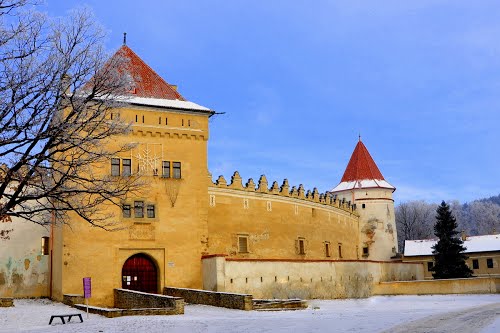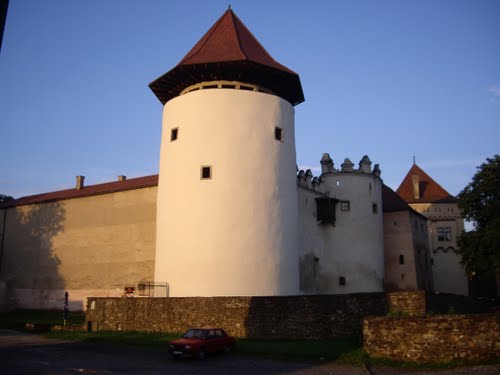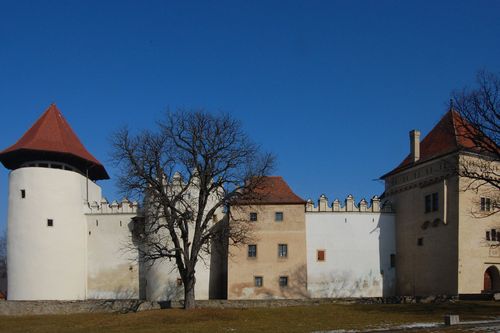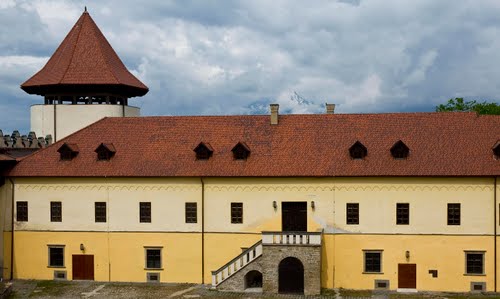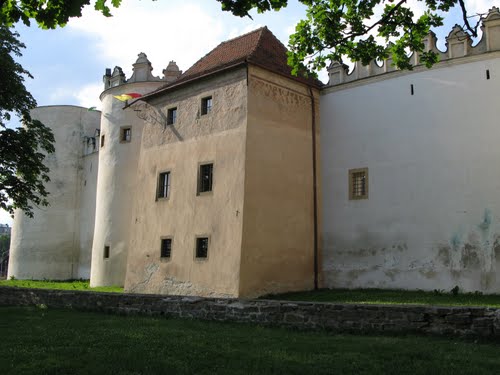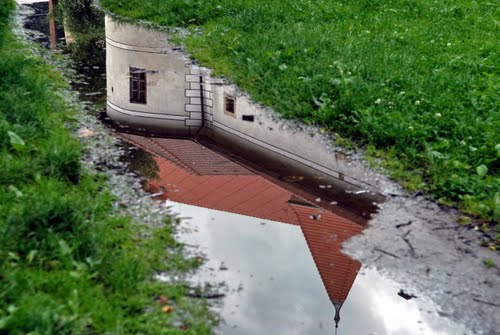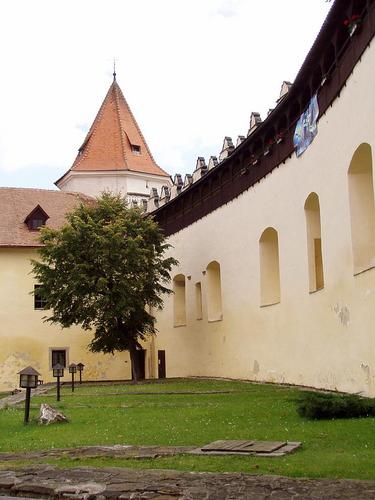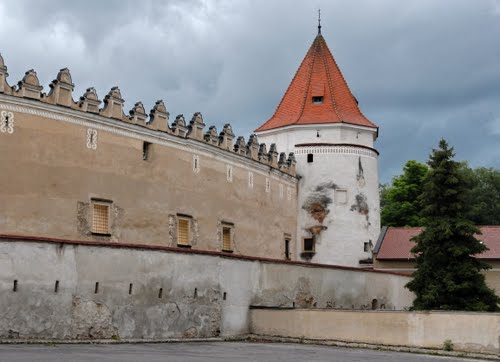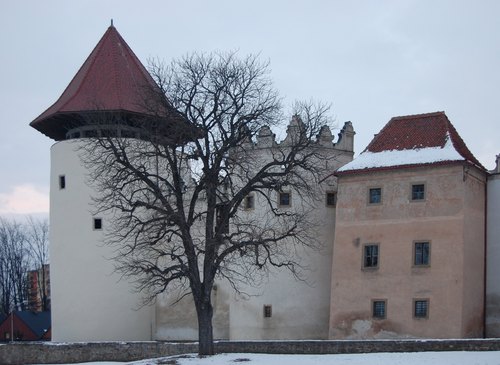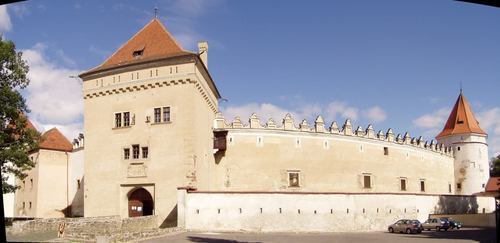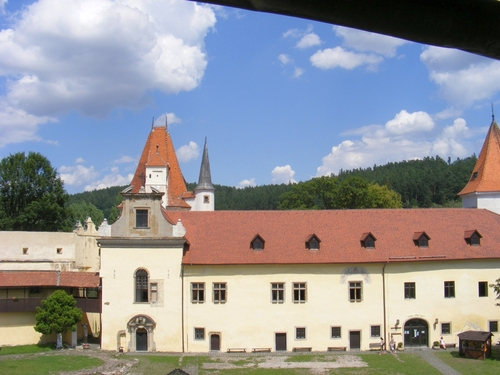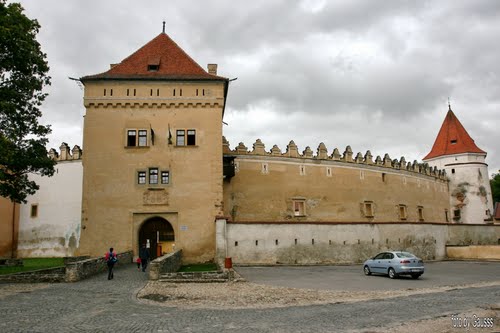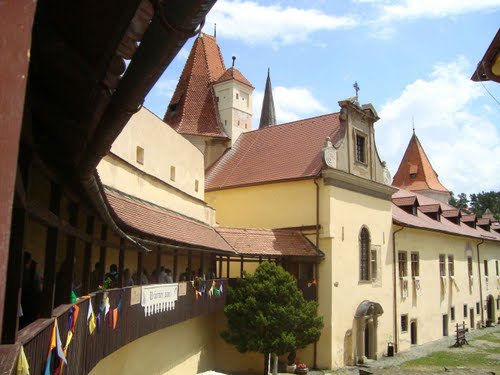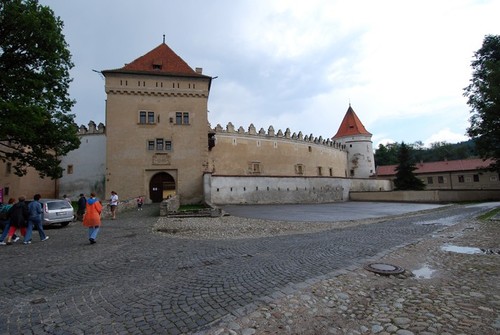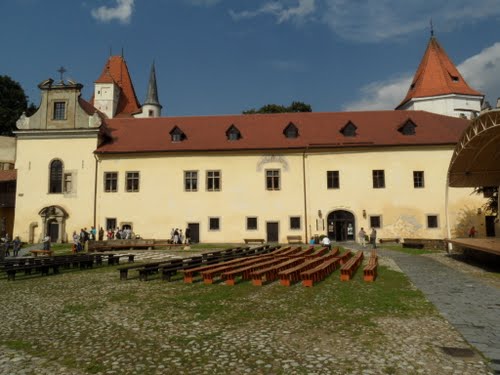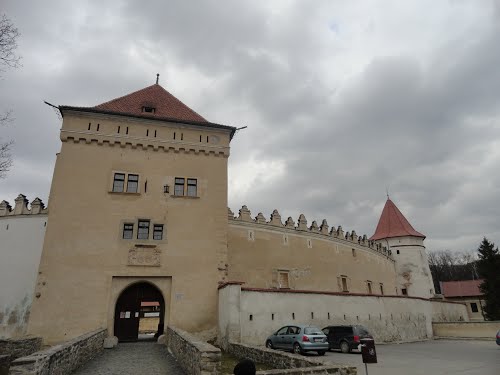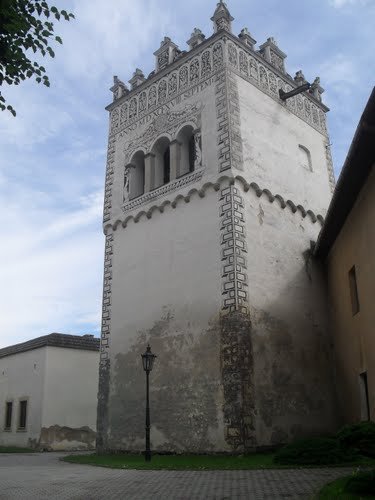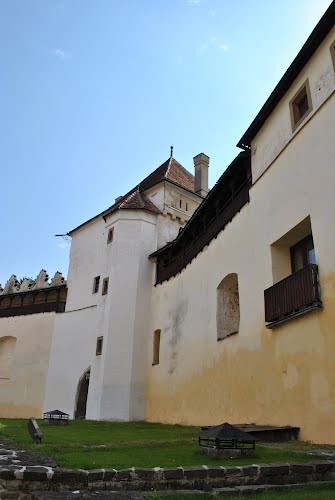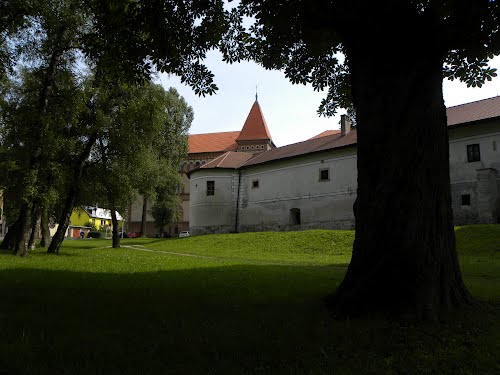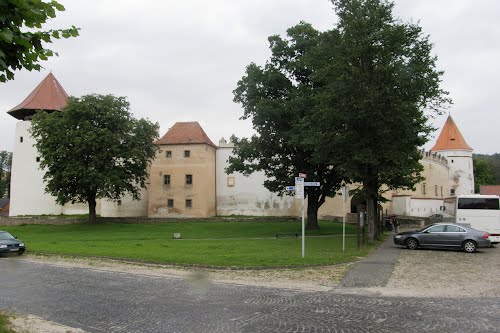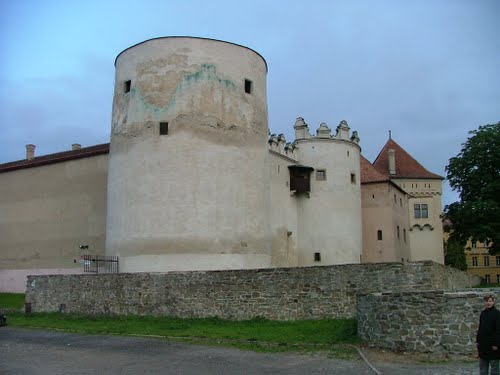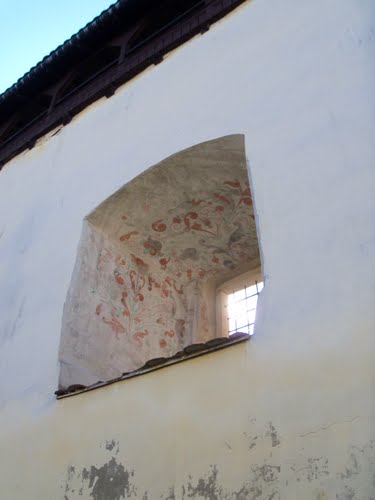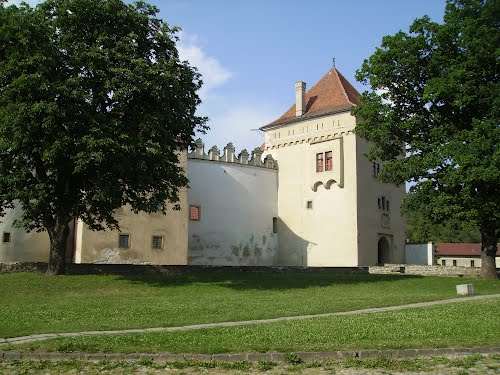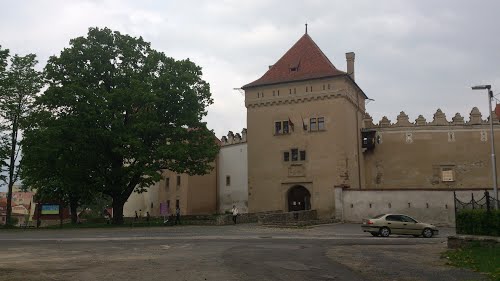In the place of the present-day castle, the Church of St. Elisabeth stood in the 2nd half of the 13th century. The church belonged to the village of the Saxon colonists. The bases of the church and the adjacent buildings were uncovered in 1964 and they can be observed in the present-day castle courtyard. The castle belongs to the type of the so-called town castles. It was built right in the area of the Town of Kezmarok in order to protect it against the possible enemies. However, finally, its owners fought against Kezmarok, which did not want to give up its rights of the royal town and to become just an ordinary peasant town.
The castle is very often mentioned in connection with the Zapolsky family - the first written record about the castle dates back to 1463. In 1528, the castle fell into possession of Hieronym Lasky. His son Albert had always had financial problems, which he solved by getting married to the Polish noblewoman Beata Kościeleska. She was 20 years older than he. In 1565, she went on a first known trip to the High Tatras. As she undertook it without her husband, which was considered a very impertinent act, she had been imprisoned in one of the castle towers for several years and her husband took possession of her whole estate.
Through several transactions and prepaying, the castle and illegally also the whole Town of Kezmarok got into the hands of Jan Rueber - the Captain of the Upper Hungary. Finally, in 1579, it was gained by the Thököly family. Its four generations - Sebastian, Istvan I. (Stephen I.), Istvan II. (Stephen II.) and Imre had been living in the castle until 1684. The hostility of this family toward the Town of Kezmarok went so far that each day, street fights, assaults and treacherous murders were commited there.
The members of the Thokoly family were known opponents of the Emperor, who finally confiscated all their property and as a result, nothing of the original castle equipment got preserved.
The last castle owner was Ferdinand Rueber. His descendants sold the castle to the municipality in 1702. However, the castle was not fully possessed by the municipality until 1720.
The Thokoly family rebuilt the original Gothic fortress into a luxurious Renaissance mansion. In 1657 - 1658, they also let build up a Baroque chapel in the castle. (an underground escape corridor should lead out of there). At the same time, horse stables were attached to the castle. After the castle had fallen into municipality´s possession, it was used for several dubious purposes: as granaries, barracks and workshops. It also burned down several times. Only in the 2nd half of the 19th century, there was an effort to use the castle as a museum, but the museum was opened only after the partial repair of the main tower in 1931. During the World War II, 20 partisans and civilians were shot dead in the castle courtyard in September 1944. In that place, a memorial is placed. It is the work of the merited artist Ludwik Korkos.
In 1962 - 1985, the general repair of the castle was carried out. Today, its whole area (except cellars) serves for the exhibitions of the local museum which document the development of the town from its establishment up to 30s of the 20th century. The exhibitions start with the earliest settling of the town and its surroundings, they inform about the castle lords, the development of the town privileges, guilds and crafts, weapons, they document the activity of the Shooting Association, Tatras tourism associations, and the Association of the Spis doctors and pharmacists. They are enriched by the work of the pathfinder of the radiography in Hungary and a native of Kezmarok Dr. Vojtech Alexander.
A visitor can also see the exhibition of education and culture, a picture gallery, castle chapel, and he will also have the possibility to go to the top of the starving tower, which is also the lookout tower. The newly open exhibition of historical vehicles and fire fighting equipment presents unique cars and motorcycles, which are loaned from the Veteran Car Club members from Poprad and from the collection of the Museum in Kezmarok.

